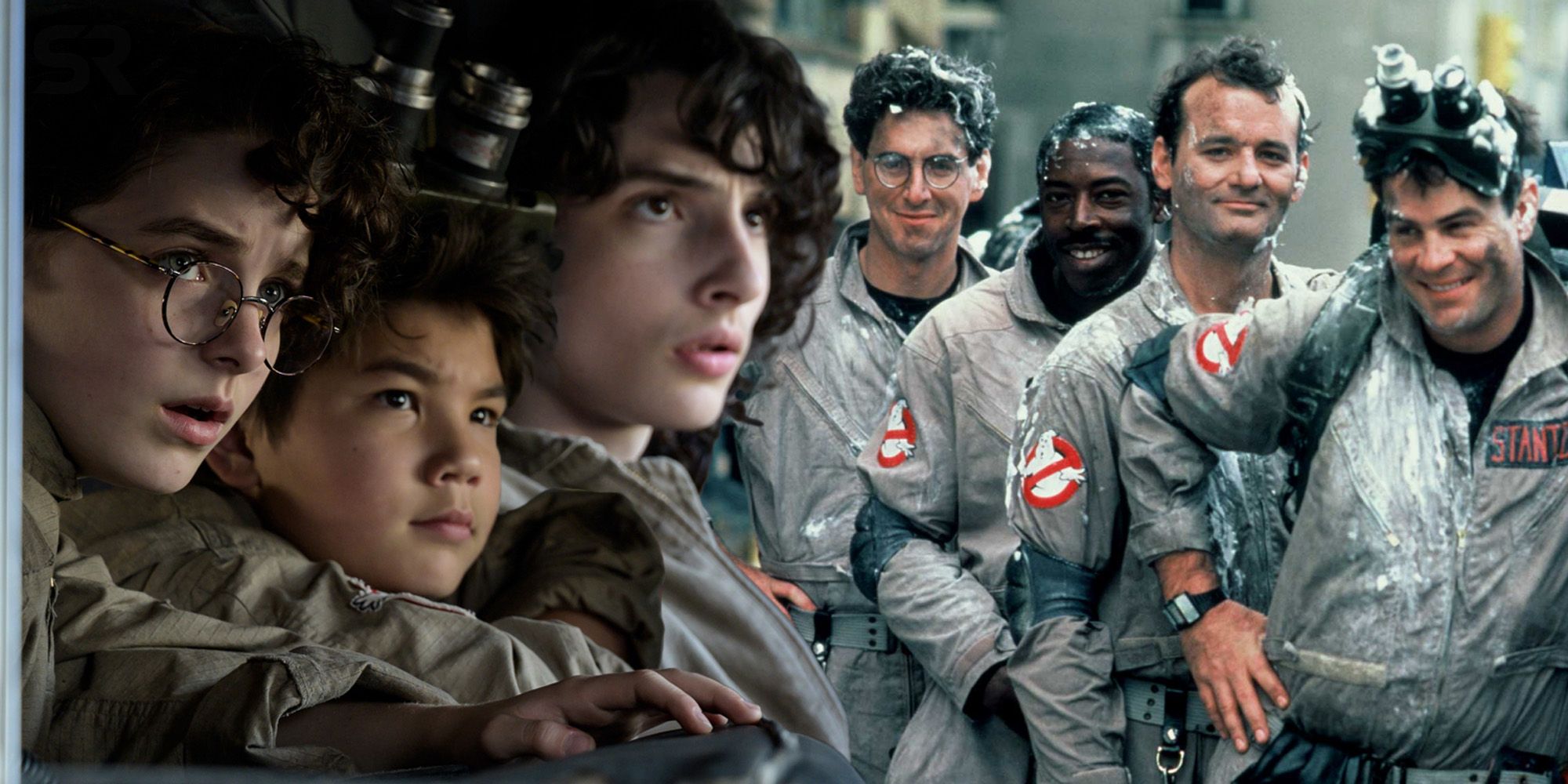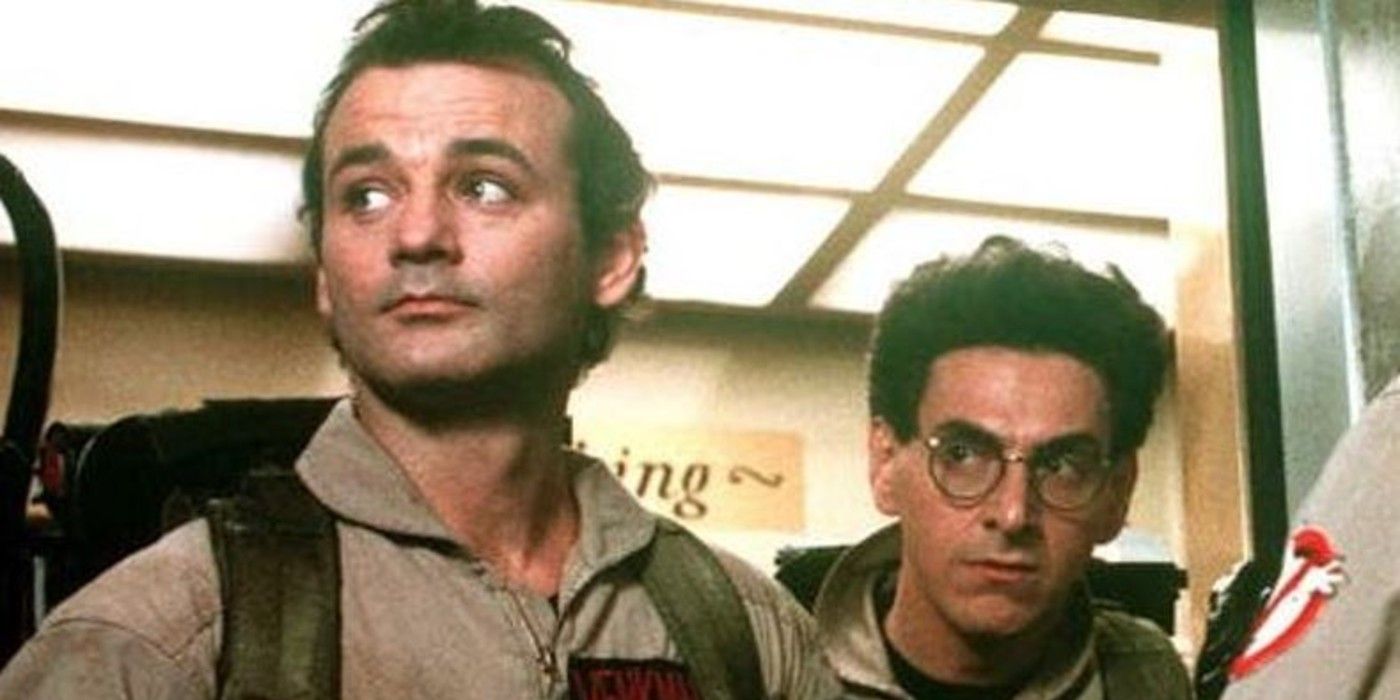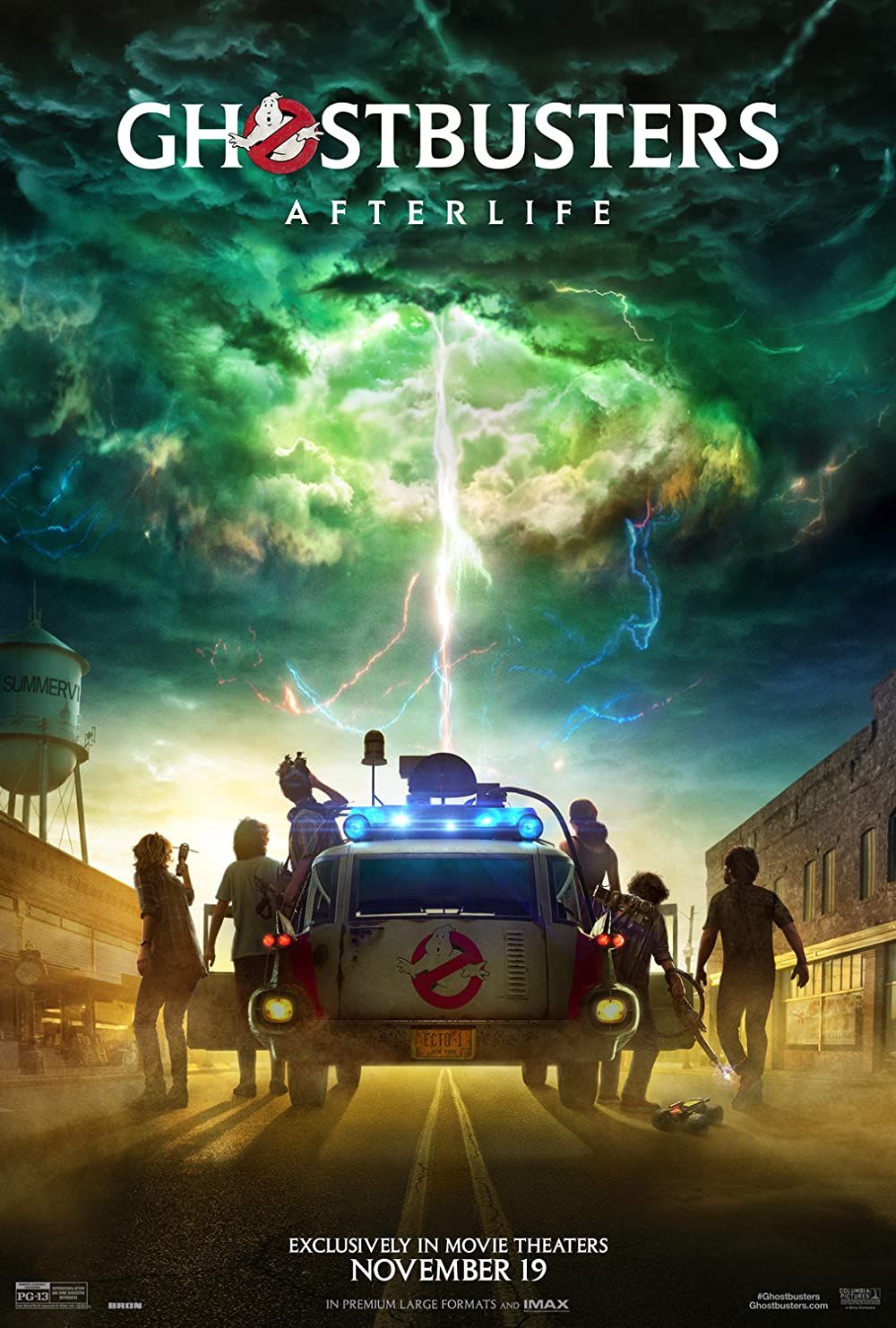The upcoming reboot Ghostbusters: Afterlife hopes to win fans back of the 80s series, but the horror-comedy needs horror way more than comedy for this outing to succeed. Released in 1984, the original Ghostbusters was a massive sleeper hit that won over critics and audiences alike with its charming combination of character comedy and surprisingly effective scares. The upcoming movie in the franchise would do well to remember this balance.
Following the (mis-)fortunes of the titular ghoul exterminators, Ivan Reitman’s original Ghostbusters mined humor from how comically out of their depth Bill Murray, Ernie Hudson, Harold Ramis, and Dan Aykroyd’s central quartet of everymen were. The ghosts were real (and real scary), and the gags came from how ill-equipped these lovable losers were to deal with them.
When the significantly less critically-adored sequel Ghostbusters II arrived in cinemas in 1989, the horror-comedy series was accused of focusing too much on the latter and not enough on the former. Despite a ferocious villain in the form of Viggo the Carpathian, Ghostbusters II was a more family-friendly affair than the scarier first film and lost some fans as a result. The 2016 reboot, simply titled Ghostbusters, moved the tone of the series even further into this scare-free, child-friendly territory and earned even worse critical reception, meaning the upcoming series reboot Ghostbusters: Afterlife needs to prioritize bringing horror back into the Ghostbusters franchise and let the comedy occur naturally. As was the case in the first movies, putting likable characters in tense situations will be enough to bring the laughs, and Ghostbusters: Afterlife needs to ensure there’s some scariness to proceedings more than it needs a deluge of punchlines.
The original Ghostbusters, despite becoming a beloved comedy classic in the decades since its release, was not a laugh-a-minute riot in terms of tone. The movie’s comedy was situational rather than the story being gag-led, with the central characters mostly playing it straight (particularly the stone-faced deadpan scientist Egon). Venkman is admittedly an exception to this rule, with Murray’s character cracking wise because he's the team cynic and his character is intended to be a funny presence in-universe. However, outside of Slimer’s first appearance, there's limited slapstick in the original movie, with the goofball tone allowing the comedy to come from ill-fitting characters being thrown into exceptional circumstances.
In many pivotal moments, the original Ghostbusters plays like a traditional horror movie. Take, for example, the first ghost that the team encounters. It’s as scary as the MPAA's PG rating would allow, with the original too-scary design being later reused in Fright Night, and the scene is genuinely frightening on first viewing. It’s this horror element that Ghostbusters: Afterlife needs more than sillier, contrived attempts at humor, something the critically-maligned 2016 reboot couldn’t balance (with the Paul Feig film turning the first ghost encounter sequence into an extended gross-out vomit gag). Casting a quartet of comic performers meant every major character in 2016’s Ghostbusters reboot was a Venkman-esque comic relief character and the movie featured precious little horror and tension to balance it out. Ghostbusters: Afterlife could reignite interest in the uneven franchise for a new generation of fans, but doing so will require the franchise to drop its recent focus on comedy and return to its horror roots.



